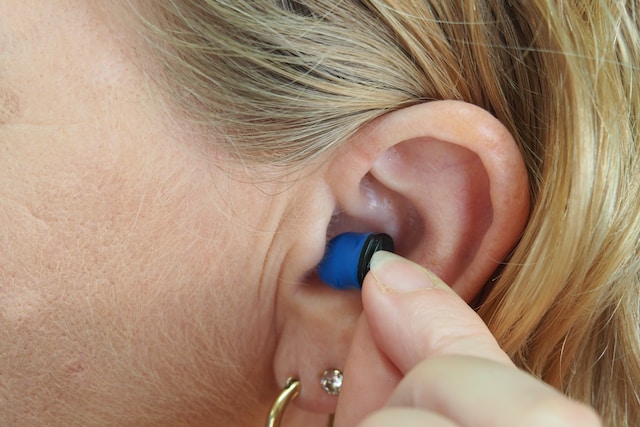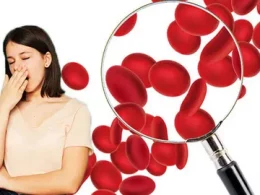Deafness, a communication disorder affecting millions of individuals worldwide, poses unique challenges that go beyond the absence of sound. By shedding light on the experiences of people with deafness and exploring the innovative solutions they employ to bridge the communication divide, we can foster a more inclusive society. In this article, we delve into the intricacies of deafness as a communication disorder and highlight the importance of understanding and embracing diverse communication methods.
Deafness is a multifaceted condition that can manifest at varying degrees, ranging from mild to profound hearing loss. It is crucial to recognize that deafness is not merely a physical impairment but a communication challenge that affects individuals both socially and emotionally. The inability to hear spoken language can isolate people with deafness from the hearing world, impeding their educational, professional, and personal opportunities.
However, it is important to note that deafness does not signify an inability to communicate; rather, it necessitates alternative modes of communication. Sign language, an essential tool for deaf individuals, empowers them to express themselves, connect with others, and access information. Various sign languages, such as American Sign Language (ASL), British Sign Language (BSL), and many others, have their own distinct grammatical structures and cultural nuances, creating rich and vibrant linguistic communities.
In recent years, technological advancements have revolutionized the way individuals with deafness navigate the world. Hearing aids and cochlear implants have provided substantial benefits, allowing some individuals to perceive sounds to varying degrees. Additionally, visual aids, such as closed captions, video relay services, and assistive listening devices, have enhanced communication accessibility, bridging the gap between the deaf and hearing worlds.
Yet, despite these advancements, barriers persist. Accessibility remains a significant concern in many areas, including education, employment, and healthcare. Educational institutions need to ensure that deaf students have access to qualified sign language interpreters and appropriate learning resources. Employers should strive to create inclusive workplaces by implementing communication strategies that cater to the needs of their deaf employees. Furthermore, healthcare providers must prioritize accessible communication channels to guarantee that individuals with deafness receive equal and comprehensive care.
To break down barriers, society must actively participate in promoting inclusivity. This includes fostering a cultural shift by encouraging hearing individuals to learn sign language, improving accessibility in public spaces, and championing the rights of individuals with deafness. By recognizing the value of diverse communication methods, we can create a world where all individuals, regardless of their hearing abilities, can thrive and contribute.
It is essential for journalists to play a role in this transformation. We must strive to accurately represent the experiences of individuals with deafness, amplify their voices, and advocate for their rights. Through rigorous research, we can uncover stories of resilience, innovation, and empowerment within the deaf community, shedding light on their triumphs and challenges.
In conclusion, deafness is far more than a physical impairment; it is a communication disorder that demands understanding and inclusivity. By recognizing the importance of sign language and embracing alternative communication methods, we can break down barriers and create a society that values diversity and fosters equal opportunities for all. Let us embark on a journey of empathy, respect, and collaboration as we build a world where deafness does not hinder communication but enriches our collective understanding.












